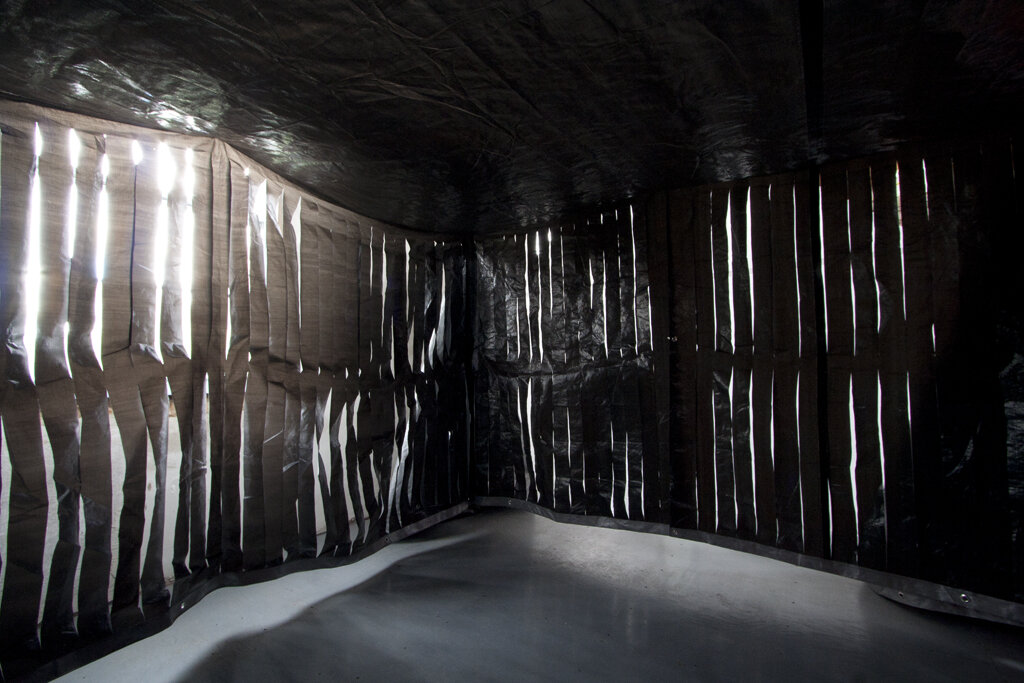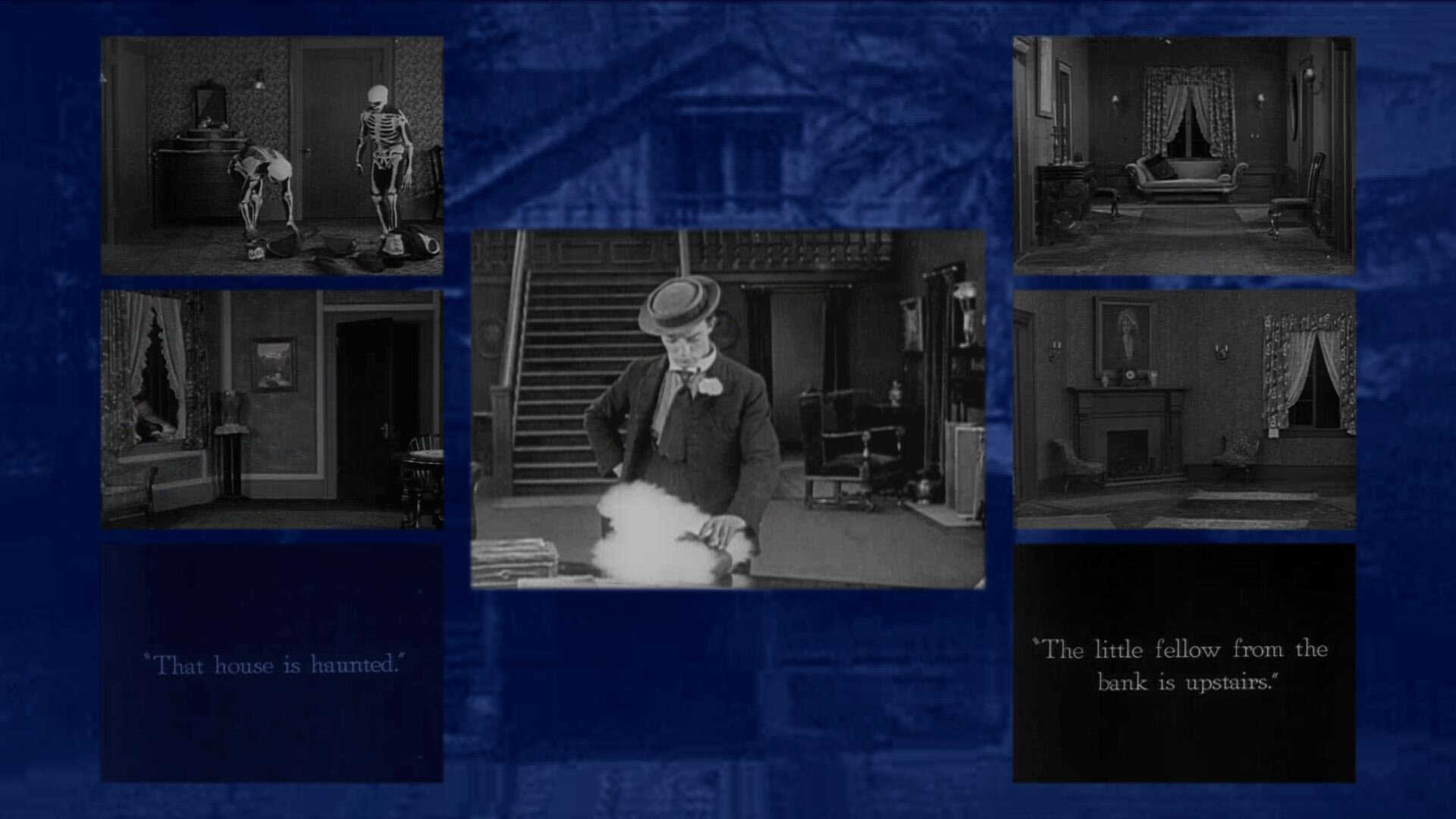07.12.2012 | 27.01.2013
CYCLORAMA | LYLA RYE
In Cyclorama, Lyla Rye offered a series of still images, single channel videos, and mixed media installations that looked to the theatrical curtain as a device to conflate illusion and reality, dreaming and wakefulness, audience and participant. Between the “cyclorama”, typically a concave curtain at the rear and the front curtains framing the scene, the stage becomes a liminal zone between everyday life and the imaginary world of the play.
In the 18th century, the critic and philosopher Denis Diderot posited that this three-walled box we call a stage did indeed have a fourth, if invisible, wall: an imaginary boundary that separated the fictional world from the audience. Obliterating the fourth wall has since become an objective of theorists, critics, and artists alike from Bertolt Brecht and Antonin Artaud to cinematic movements like New Wave and Dogme 95. Provoking an awareness of the stage, its actors, its narrative as being a part of the same reality as the audience was a vital strategy to achieving any semblance of honest and affective experiences. For Lyla Rye, Cyclorama represented an effort to question the dichotomy of these two positions:
I want my installations to become stage sets, where the viewer is cast as actor, free to imagine the plot. Conceptually, I want the encounter to be like watching a theatre performance from behind the scenes. I hope to fully engage the viewer in the illusion, while also allowing them to be immediately aware of the artifice involved.
Rye’s recent video work is inspired by Buster Keaton’s silent films, which operated in a similarly liminal space between the theatrical vaudeville tradition, the beginning of cinematic conventions (more complex narratives, new genres) and the spectacle and technical magic of moving pictures made famous by George Melies. Rye’s work Upstage (2011) began with a sequence from Keaton’s Sherlock Jr. where Buster enters the world of the film and struggles to keep up with rapid scene changes from ocean shores to wild jungles. Rye mirrors this scene, projecting it on to her own stage and by using a spotlight to obscure Keaton, allows the viewer’s silhouette to take his place and create their own shadow performance.
Extending this deconstruction of cinematic convention, Rye’s other works include The House Haunted (2012), a video of a house built from all the individual rooms used in a film (allowing the viewer to follow the action as one unbroken sequence) and Memory Palace (2012), a series of ‘pop-up’ tarpaulin rooms that draw upon notions of spatial memory and the transitory nature of stage sets. In light of the current re-emergence of 3D film and the integration of video screens into architecture, Rye’s work is a timely investigation, urging us to consider our physical relationship to film and movement through constructed space whether architectural or imaginary.
Lyla Rye is a Toronto based installation artist who began her studies in architecture. She studied at University of Waterloo, York University, and the San Francisco Art Institute. Her work has been exhibited across Canada and internationally including exhibitions in San Francisco, New York, Adelaide (Australia), Paris, and Berlin. Starting in the early 1990’s she was a founding member of the sculptors’ collective Nether Mind. Since that time she has worked in a number of collectives including 5 things, hic and Persona Volare.





